Researchers are shedding light on the photosynthetic mechanism
Sunlight appears to be the perfect source of energy. Nature has used it for billions of years, it comes free and in vast excess of our energy needs. The trouble is that it tends not to come in the right doses at the right place and time. Usually one has either too little or too much of it. Researchers in the US are now making progress towards understanding how plants cope with too much light, while Swiss physicists trying to follow in Nature’s footsteps are still struggling to enhance the sensitivity of their systems when there is too little.
Plants can harvest the sun’s energy over a vast range of light conditions. Although the general mechanisms of their photosynthesis have long entered the textbooks, the response to excess light has remained mysterious. It is clear that too much light can be as dangerous to plant cells as it is to our skin. If the excited states of the green pigment chlorophyll fail to turn over rapidly enough, they may get further excited to form triplet states, which can then activate oxygen into the highly dangerous singlet form, which will cause damage to the cell membrane. Thus, excessive input of light energy can easily lead to cell death.
To avoid this outcome, the plant cell provides the chlorophyll with a de-excitation path that dissipates the excitation energy as heat. Only five years ago, researchers identified a key component of this process,1 the pigment-binding protein called PsbS. Now, Graham Fleming’s group at the Lawrence Berkeley National Laboratory, California, US, has studied the light response of the photosynthetic apparatus of three genetic variants of the plant Arabidopsis thaliana, producing normal amounts, 2.5-fold excess, and no PsbS, respectively (displaying normal, excessive, and no energy dissipation, respectively) and uncovered some chemical details of the dissipation mechanism.2
Using ultrafast transient absorption kinetics, the researchers could identify characteristic kinetic changes linked to the dissipation mechanism. They could then show that the presence of the carotenoid zeaxanthin is necessary for these changes to occur. From further spectroscopic analysis they concluded that the carotenoid forms a heterodimer with the chlorophyll, taking over the excess excitation energy from the bulk chlorophyll. The dimer proceeds rapidly to a charge-separated pair of a zeaxanthin radical cation and a chlorophyll radical anion.
Rapid charge separation seems to be the key to this reaction, as it is to the normal photosynthetic light harvesting. Physicist Michael Gr?tzel at the Swiss Federal Institute of Technology at Lausanne has taken a leaf out of Nature’s book and implemented this mechanism in his unique brand of photovoltaic cell, the dye sensitised solar cells, also known as Gr?tzel cells. The basic principle is that the light-harvesting dye is coated onto titanium dioxide nanoparticles.3 Immediately after the arriving photon has generated an electron-hole pair in the dye, the electron moves on to the titanium dioxide and from there to the electrode, making the charge separation permanent and usable.
The Gr?tzel cell would potentially be much cheaper to produce than conventional silicon-based photovoltaic cells, but its conversion efficiency of under 10 per cent is not yet competitive. In the latest effort to improve its performance, Gr?tzel’s group has now developed a new dye molecule, a ruthenium complex known as K-19. It includes two bipyridyl ligands, one of that carries two carboxylates that appear to bind directly to surface-exposed titanium ions.4
Previous dyes have proven deficient either in their sensitivity or in their thermal stability. Testing the long-term survival at 80?C over 1000 hours, the researchers found that K-19 retains 92 per cent of its initial performance after this period. Only one other dye shows similar stability, but poorer sensitivity. Conversely, dyes of similar sensitivity as K-19 have always performed poorly on stability.
Inventor Gr?tzel is pleased with the performance of his new dye, of which further details are due to be published in Applied Physical Letters. Sensitisers that are as stable as K-19, he says, ’do not need extra protection, they can sustain the 100 million turnovers required to maintain stable solar cell operation for 20 years under typical outdoors conditions’. While he would not be drawn on details of the commercialisation of his solar cells, he says that his ’industrial partners have welcomed the advent of this new dye which enhances the competitiveness of the DSC technology’.
Michael Gross
1 X-P Li et al, Nature, 2000, 403, 391
2 N E Holt et al, Science, 2005, 307, 433
3 M Gr?tzel, Nature, 2001, 414, 338
4 P Wang et al, J. Am. Chem. Soc., 2005, 127, 808
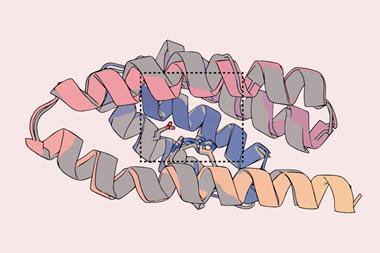

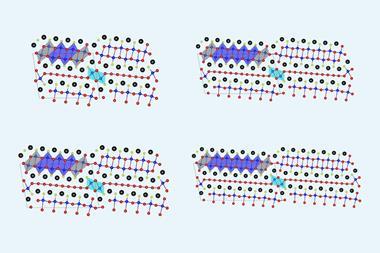
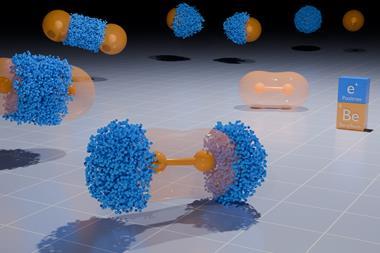
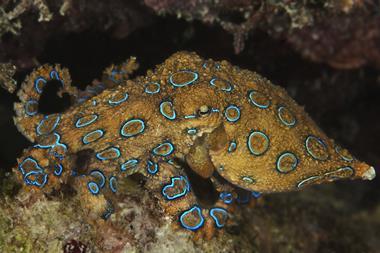
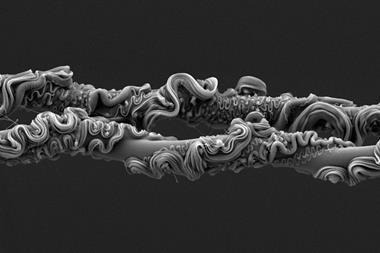
No comments yet